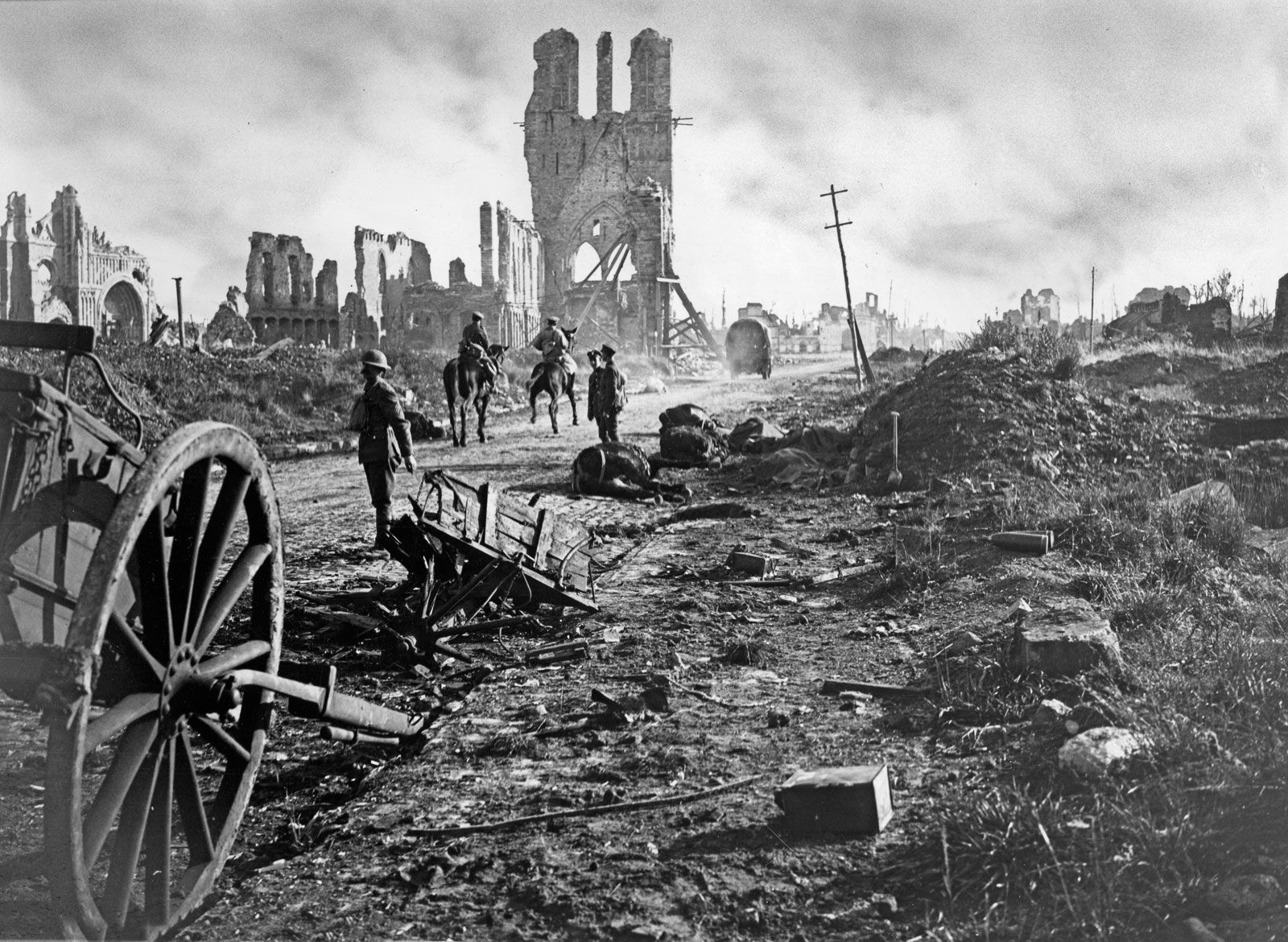It's probably bunker fuel, not easily ignited. @GreatwhiteNorth ?
No first hand experience with bunker, all my training/real time experience was w/ gas, diesel & JP-5 (all of which ignite & burn exceptionally well).
It's probably bunker fuel, not easily ignited. @GreatwhiteNorth ?
The SR used JP-7, you can't light it with a match.No first hand experience with bunker, all my training/real time experience was w/ gas, diesel & JP-5 (all of which ignite & burn exceptionally well).
And you can run it through a heat exchanger at 600 without it throwing varnishThe SR used JP-7, you can't light it with a match.


 www.alreporter.com
www.alreporter.com
Black disabled veteran sentenced to spend 60 months in prison for medical marijuana
View attachment 4623657
Black disabled veteran Sean Worsley and his wife, Eboni, were arrested in Pickens County in August 2016. The Worsleys had visited Eboni’s family in Mississippi and were on their way to North Carolina to visit his family. They however made the life-altering mistake of stopping to purchase gas in Alabama on their way to NC.

Black disabled veteran sentenced to spend 60 months in prison for medical marijuana
A 2016 arrest for marijuana that has turned into a 60-month sentence in an Alabama penitentiary for a disabled veteran from Arizona is drawing national attention.www.alreporter.com
On July 14, 1862, President Lincoln ended the spirit portion of the ration when he approved, "An act making appropriations for the Naval Service for the Year ending thirtieth of June, eighteen hundred and sixty-three, and for other Purposes." The new law specifically stated, "SEC. 4. And be it further enacted, That from and after the first day of September, eighteen hundred and sixty-two, the spirit ration in the navy of the United States shall forever cease, and thereafter no distilled spirituous liquors shall be admitted on board of vessels-of-war except as medical stores, and upon the order, and under the control of the medical officers of such vessels, and to be used only for medical purposes. From and after the said first day of September next there shall be allowed and paid to each person in the navy now entitled to the spirit ration five cents per day in commutation and lieu thereof, which shall be in addition to their present pay."
Right around the time that shipbuilding transitioned from timber to irony, as captured in the term “a dry Navy”.On July 14, 1862, President Lincoln ended the spirit portion of the ration when he approved, "An act making appropriations for the Naval Service for the Year ending thirtieth of June, eighteen hundred and sixty-three, and for other Purposes." The new law specifically stated, "SEC. 4. And be it further enacted, That from and after the first day of September, eighteen hundred and sixty-two, the spirit ration in the navy of the United States shall forever cease, and thereafter no distilled spirituous liquors shall be admitted on board of vessels-of-war except as medical stores, and upon the order, and under the control of the medical officers of such vessels, and to be used only for medical purposes. From and after the said first day of September next there shall be allowed and paid to each person in the navy now entitled to the spirit ration five cents per day in commutation and lieu thereof, which shall be in addition to their present pay."

 tucson.com
tucson.com


